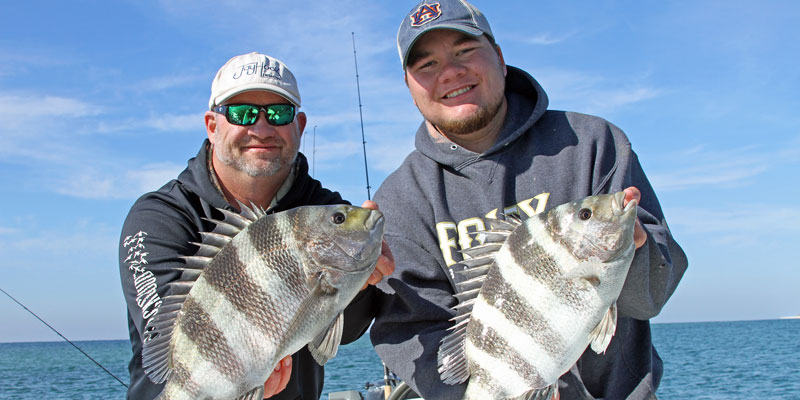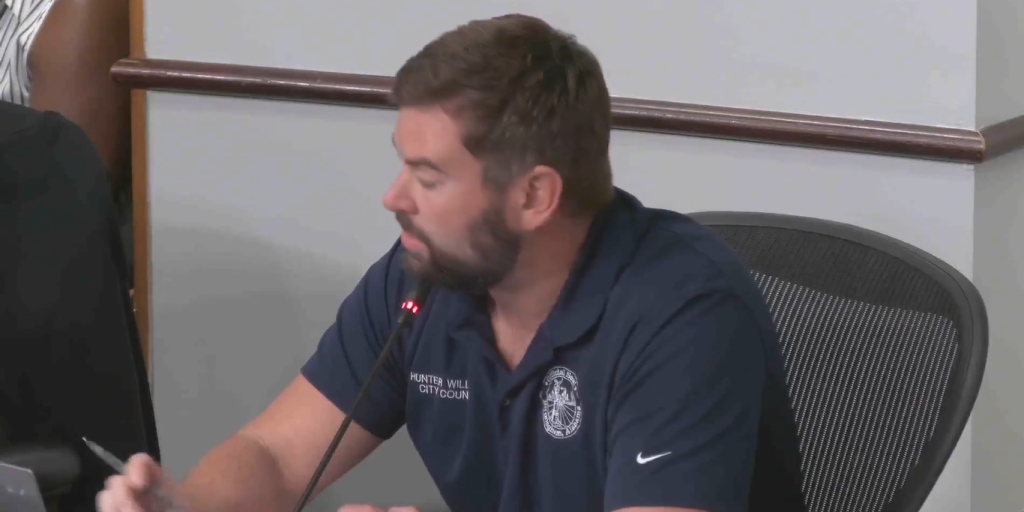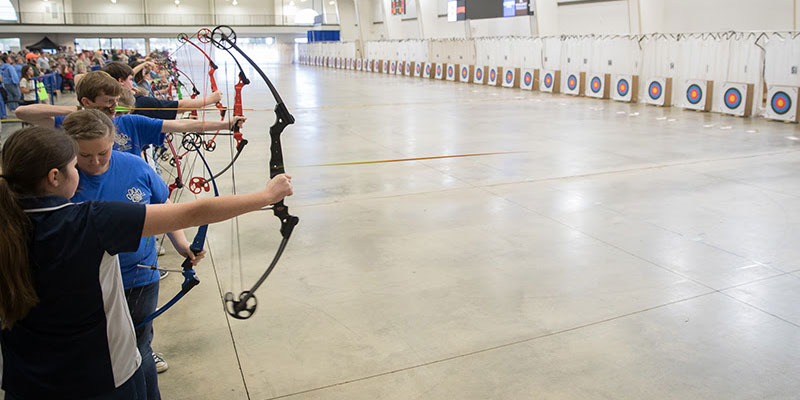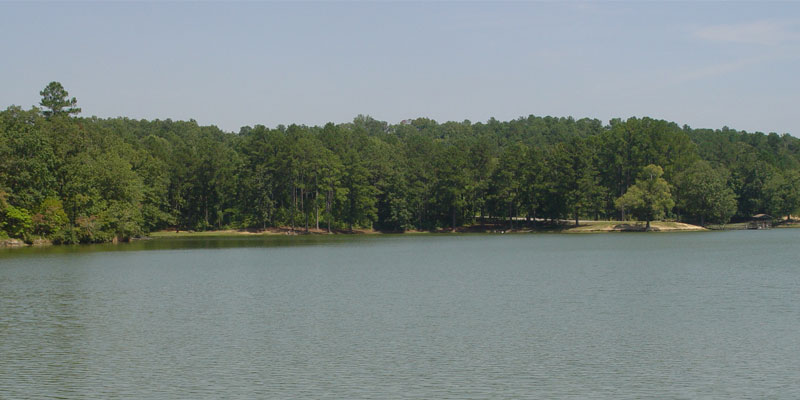A little rust was evident after a long hunting season. The first tap at the end of the line meant a fish was interested in the bait, but the reflexes hadn’t been tested for a while. By the time I set the hook, I had felt the second tap. I knew that, in all likelihood, the hookset was a futile attempt to overcome my dormant fishing senses.
As suspected, no resistance was felt on the hookset and I reeled up a clean, bronze Kahle hook. I’d been robbed by one of the best bait thieves in Alabama’s coastal waters – the toothy, tasty species known as sheepshead.
After putting a chunk of fresh-dead shrimp on the hook, I tossed it near the structure. As soon as I felt the first tap, I set the hook and the fight was on. With its vertical body and large fins, sheepshead can stress your tackle. With the drag set correctly, a few runs later, the fish finally tired enough for me to bring it alongside the boat and into the landing net.
It took only a couple of hours for Capt. Jay Gunn (251-752-8040), Grady Gunn and I to fill the ice chest to the brim with nice sheepshead, a scene that is repeated often this time of year along the Alabama coast.
Sheepshead is a species that comes into coastal waters during the winter and hangs around structure preparing for a migration to nearshore waters to spawn. Structure means jetties, piers, petroleum rigs inside Mobile Bay and the rigs just off the coast in 50 feet of water or less. During this pre-spawn period, the fish are voraciously feeding.
“Sheepshead come out of the Gulf and into the inshore waters during the winter when the water temperature falls below 65 or so,” Capt. Gunn said. “They’ll hang around in the bays and estuaries. After the winter when the water temperature gets back up near 65, they get ready to spawn.
“The full moon is on March 31, so this bite will reach a crescendo on the full moon. At that point, the bite will become somewhat sporadic. The females will go to the Gulf and there will be lots of smaller, three- to four-pound, males left in the bays. Once you start catching about half-and-half spawned out females and males, you’ll have about seven more days of fishing in the bays. Then it will be time to speckled trout fish.”
Gunn uses fishing tackle that would be suitable for fishing for largemouth bass or larger speckled trout. He uses 12- to 14-pound monofilament or fluorocarbon line or 20-pound braided line.
“After all kinds of experimentation, that size line doesn’t cause much resistance in the current and you don’t have as much bow in your line,” he said. “You have to keep that line tight to feel the strike and set the hook immediately.
“I use the smallest lead I can to keep the bait on the bottom. I use half-ounce leads when I can and go to three-quarters when the current is stronger. Sometimes, I can get away with just a split-shot. Whatever lead you use, you have to keep the line tight.”
Gunn uses Kahle hooks because the shape of the hook makes it easier for the sheepshead to get it inside its mouth. He starts with a No. 4 hook and never goes larger than a No. 1.
“Anything larger than that and you’re going to miss a lot of bites,” he said.
A close look at the mouth of a sheepshead reveals a set of teeth and bony structures that are designed to crunch the shells of a variety of crustaceans, especially small crabs and barnacles. If you reel in a hook with a closed gap, the sheepshead crunched it with the bait and robbed you. Move up one hook size as long as it’s not larger than a No. 1 and keep fishing.
This time of year, live shrimp are a little hard to find, but fresh-dead shrimp and fiddler crabs work just fine.
“You don’t always have live shrimp, so you may have to use fresh-dead shrimp or fiddler crabs,” Gunn said. “Sheepshead can be picky about using frozen shrimp, but you can get fresh-dead from your live bait dealer. And I never use a whole shrimp unless it’s really small. I pinch the shrimp into two to three pieces and try to hide the hook when I can.”
When Gunn approaches a likely sheepshead haunt, he starts fishing before he gets to the structure.
“I start about 10 feet from the structure if water clarity allows them to see the bait,” he said. “I move closer to the structure until I start getting bites. Sometimes it’s right on the structure, so bring plenty of weights and hooks because you’re going to lose some if you’re fishing on top of the structure.
“I reel down until the line is tight, and I set the hook when I feel that first tap. If you feel the second tap, that’s the hook being spit back out with no bait.”
Gunn insists that sheepshead are not like other inshore species this time of year. There’s no waiting around to see if the fish are triggered into a feeding mood.
“If they’re there, they’re not finicky as long as you have the right kind of bait,” he said. “Don’t sit around on the bite. If you don’t get a bite in 10 minutes, move to the next spot.”
The average size of the fish in the bays will vary from 3 to 6 pounds. Gunn says about every 25 to 30 fish, you’ll hook a whopper that will weigh from 8 to 10 pounds. A 9½-pounder is his largest so far this spring.
Of course, one of the largest structures on the Alabama Gulf Coast is the Gulf State Park Pier, which juts more than 1,400 feet into the Gulf. The sheepshead bite has been on fire according to dedicated pier fisherman David Thornton, who said, “The sheepshead are chewing the pilings off the pier.” Of course, he was speaking figuratively, but I’m sure the sheepshead are chowing down on the abundant barnacles attached to the pier’s pilings.
Over the years of watching plenty of guides clean sheepshead, Gunn continues to refine his fileting technique. He uses a large, sharp butcher knife to cut along the dorsal fin down to the rib cage. He then makes a cut upward and around the rib cage and finishes to cut the filet off with the skin and scales attached. When it’s time to complete the filet process, he switches to a filet knife that has a double-bevel to keep the cut about a sixteenth of an inch off the skin to avoid the strong red meat next to the skin.
“I cut over the top of the rib cage,” he said. “There’s no meat on the ribs. All they’re good for is dulling your knife. Before you fry or freeze the fish, make sure you get all the red meat off.”
Of course, the most common way to consume sheepshead filets is to dredge them in your favorite fish-fry mix, then drop in 350-degree oil and fry until golden brown.
As an alternative, Gunn makes a faux West Indies salad, substituting sheepshead for crab meat.
He cuts the filets up into chunks and gently boils them in salted water. After the fish chunks are done, he drains the fish and refrigerates until completely cold. At that point, the fish will flake easily. He flakes the fish thoroughly and sets aside. He then finely chops equal parts of red and green peppers, white and purple onions and celery. He tosses in the flaked fish and mixes the whole dish with his favorite Italian dressing. Refrigerate for at least a couple of hours, preferably overnight to absorb the flavors.
Alabama has a 10-fish-per-person sheepshead limit with a 12-inch size limit.
“I don’t keep any sheepshead below 16 inches,” Gunn said. “With a 16-inch fish you get a decent filet. With an 18-inch fish you get a nice filet.
“The thing about sheepshead this time of year is they don’t have to have tide movement or a certain kind of weather. Go when you can, and don’t sit on one spot waiting for them to bite.”
David Rainer is an award-winning writer who has covered Alabama’s great outdoors for 25 years. The former outdoors editor at the Mobile Press-Register, he writes for Outdoor Alabama, the website of the Alabama Department of Conservation and Natural Resources.













